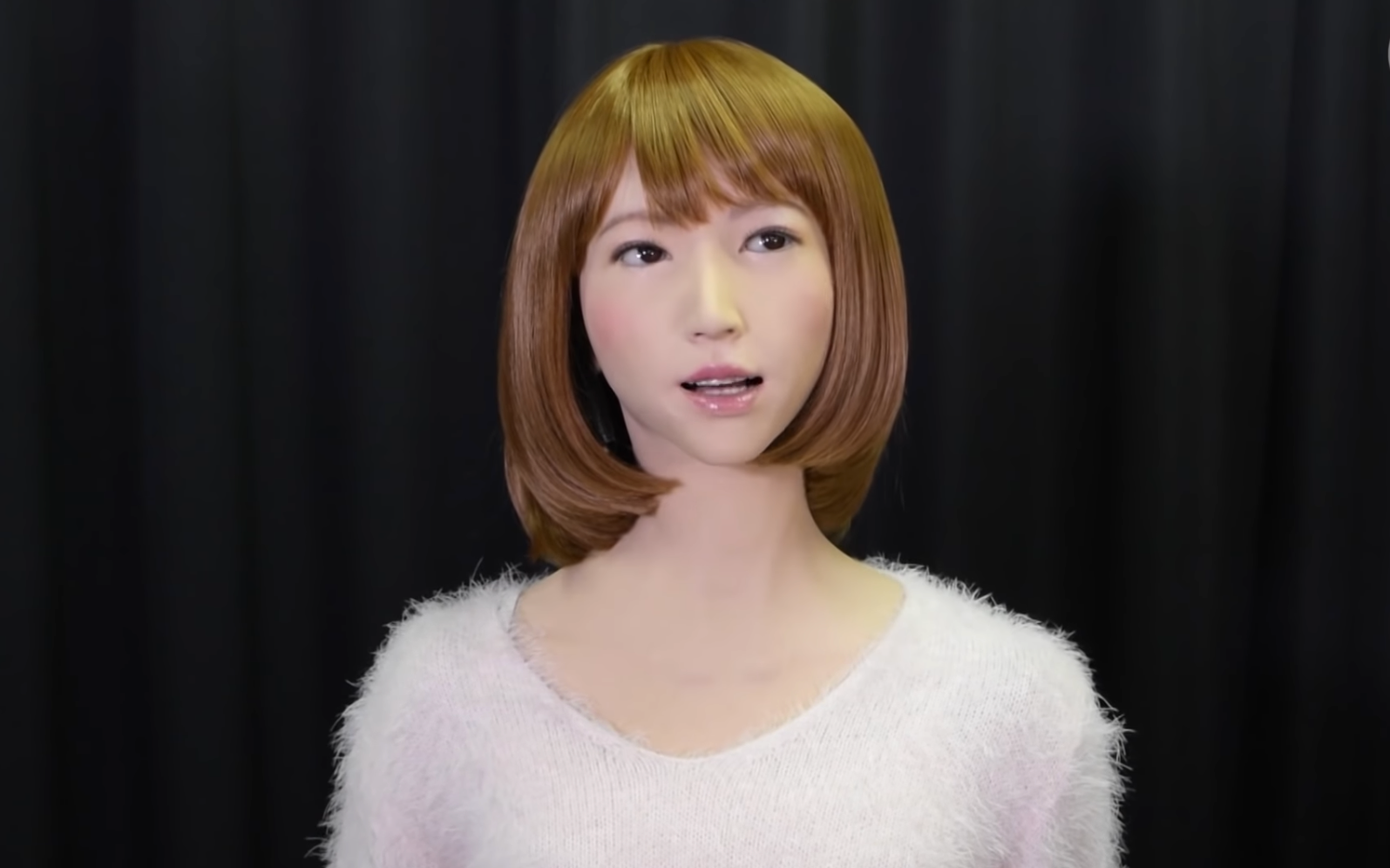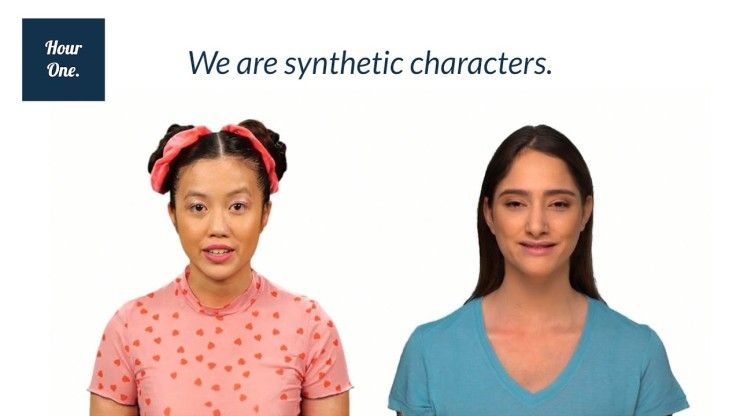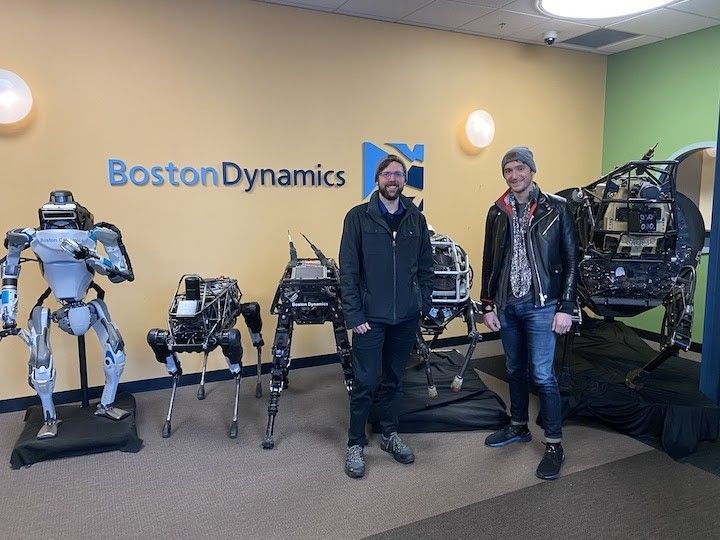
Technology is starting to play a bigger role in Hollywood.
We’ve seen bitcoin tokens exchanged to fund projects, CGI characters are starting to look more and more realistic, and it seems like everyone with an ounce of fame is selling NFTs. Unfortunately, some filmmakers, like Quentin Tarantino, have learned that their work isn't theirs to profit from since the introduction of these new technologies in the industry.
Early in November 2021, Tarantino announced his plans to auction off seven uncut scenes from Pulp Fiction as NFTs. Miramax then claimed that the director only owned rights to the original screenplay and not the intellectual property, arguing that reproducing copies of his original script is outside of Tarantino's rights.
To put it in layman’s terms, Miramax told Tarantino that he owned bragging rights to the film Pulp Fiction. With the court case in the federal court in Los Angeles, many studio executives and filmmakers are watching, wondering who has the rights to what as more and more technology is introduced.

Hollywood and Technology
Amy Siegel, a partner and co-head of the entertainment, sports, and media industry group at O’Melveny & Myers, told Variety, “We have a new technology. We spend a lot of time exploring and really trying to figure out whether our clients have those rights to exploitation with new technologies.
“I don’t think there’s a normal yet,” Siegel said.
Digital technology is reshaping the entertainment business, raising the question of who is allowed to benefit from the final product.
Hollywood has already been making moves to incorporate modern technologies into the film and television industry. Creative Artists Agency recently named a chief metaverse officer, Joanna Popper. Popper will supervise the launch of technology like headsets for virtual reality use that will be used for rights management, minimizing piracy, and tracking consumer usage.
“Now it’s going to this new area where it starts with the creativity of the art, but there’s a broader level of [a] storyline attached to it, as well as a built-in community [that wants] these projects to succeed,” Popper told Variety.
But the technology doesn’t stop at VR headsets and NFTs. It is now extending out to on-screen talent.
The Top AIs in the Industry Today
We've covered this before, but let's check out the industry's top AI. For instance, meet Jenkins the Valet.
Jenkins is a digital character created by Tally Labs, a company that creates intellectual property designed for the metaverse. The digital character writes stories about his encounters in the metaverse and has his own NFTs. Jenkins is a digital character that is represented by CAA, but he isn’t the only one.

In 2020, CAA started representing the Instagram influencer and artist Miquela, an avatar puppeteered by the L.A.-based startup Brud. Miquela launched on Instagram in April 2016, quickly gaining a following that has reached 3 million, and sparked the question, “Is she real?”
According to Variety, "CAA will work with Miquela in all areas, including TV, film, and brand strategy and commercial endorsements, raising the prospect of a movie or show featuring the character. WME confirmed that it formerly repped Miquela in partnership with Brud."
Real or not, Miquela has created an entertainment career that has “the power to inspire a new generation.” Brud representatives told Variety that Miquela’s virtual personality allows her to perform almost like a human, saying, “She may be a robot, but nobody’s perfect.”
But if you are looking for an actor who still resembles a human, then look no further than Hour One, a company that provides high-quality, affordable, and scalable video productions. Hour One has started using people’s likeness to create AI-voiced characters that appear in marketing and educational videos.

Hour One uses deepfake technology to produce mash-ups of real footage and AI-generated videos, and they are not the only ones. The difference is that Hour One doesn’t ask for any particular skills from the actor or person who wants to hire out their faces to the company.
According to MIT Technology Review, there are over 100 “characters” in Hour One’s books, with more being added each week. The company can generate an endless amount of footage of the person saying whatever they need to say in any language for any client.
“We’re replacing the studio,” said Natalie Monbiot, Hour One’s head of strategy. “A human being doesn’t need to waste their time filming.” Removing the need for film crews, studio technicians, and actors is alluring to clients who don’t want to spend a ton of money on video production.
The people who have sold their likeness to Hour One receive micropayments each time a client licenses a video using their face.
Hour One does not let the people who have sold their likeness have a say in how it will be used or what words will be put into their mouths. Luckily, there is an ethics policy specifying certain industries that the company will not work with, meaning that people’s likeness will not be used to advertise gambling, sex, or politics.
Don’t Forget About the Robots
Not all the AIs in the industry exist in the digital space.
Erica is a robot that starred in the $70 million science-fiction movie, b. Created by Japanese scientists Hiroshi Ishiguro and Kohei Ogawa, Erica was taught how to act by applying the principles of method acting to her artificial intelligence.
“In other methods of acting, actors involve their own life experiences in the role,” Khoze says. “But Erica has no life experiences. She was created from scratch to play the role. We had to simulate her motions and emotions through one-on-one sessions, such as controlling the speed of her movements, talking through her feelings, and coaching character development and body language.”
Not every story calls for a humanoid actor like Erica. Sometimes, a robot just needs to look like a robot like C-3P0 in Star Wars or Chappie in Chappie. That’s where entrepreneurs Forest Gibson and Jared Cheshier come in.
Two years ago, the Seattle-based entrepreneurs launched The Aigency, a new talent agency for robot actors. According to Geek Wire, the company connects film production studios, event organizers, and other media groups with robots, replicating what traditional talent agencies do for human actors.
"We handle the logistics of getting the robots on set and into character for their performance," Gibson told Geek Wire. "We then support the media and promotions of the production via social media, red carpet events, and press tours with our talent. This is similar to how media producers would go about casting actors represented by agents."
Like traditional talent agencies, The Aigency makes money by taking a percentage of what the talent makes for their performances.
"We believe there is an opportunity to tell positive stories on how robots will play ever-increasing roles in our daily lives alongside us," Gibson said in a statement. "This new wave of generalized robotics allows them to walk/roll/hop off the set and onto the red carpet with the rest of the cast. This adds a whole new dimension to how viewers and fans can engage with robotic personalities."

Changing Roles
Many of these new AI performers can make the industry feel extremely futuristic, especially during a time when the world still feels a bit out-of-date. But many have expressed worries about what the introduction of robots, deepfakes, AI, and NFTs means for the future of the human workforce.
“This looks like a fairly extreme case of technology scaling back the human’s role in a particular work process,” Jessie Hammerling, who studies the impact of new technologies on work at the Center for Labor Research and Education at the University of California, Berkeley, told the MIT Technology Review.
Studios, who now own the intellectual property of every film made under its umbrella, can reach out to a team and create an actor who performs exactly how the executives want them to. While SAG-AFTRA, a union for U.S. movies, television, and radio performers, has come out to protect those who are selling their likeness to companies like Hour One, it is alarming that the availability of acting work could be greatly reduced.
It is a strange time in the industry. Studios frustrated with fights over IP rights could soon cut out the creativity of humans working on a project in favor of using AI and robots that are being rented out by an agency to develop projects that will cost the studio very little to make.
The future looks foggy right now as new technologies are introduced to Hollywood. With new technologies comes the uncertainty of what creative works belong to whom and who is allowed to profit from art created by multiple individuals.
We can hope for the best, and learn to embrace the new technology entering the industry to create new and exciting projects that highlight the beautiful strangeness of something new.
Your Comment